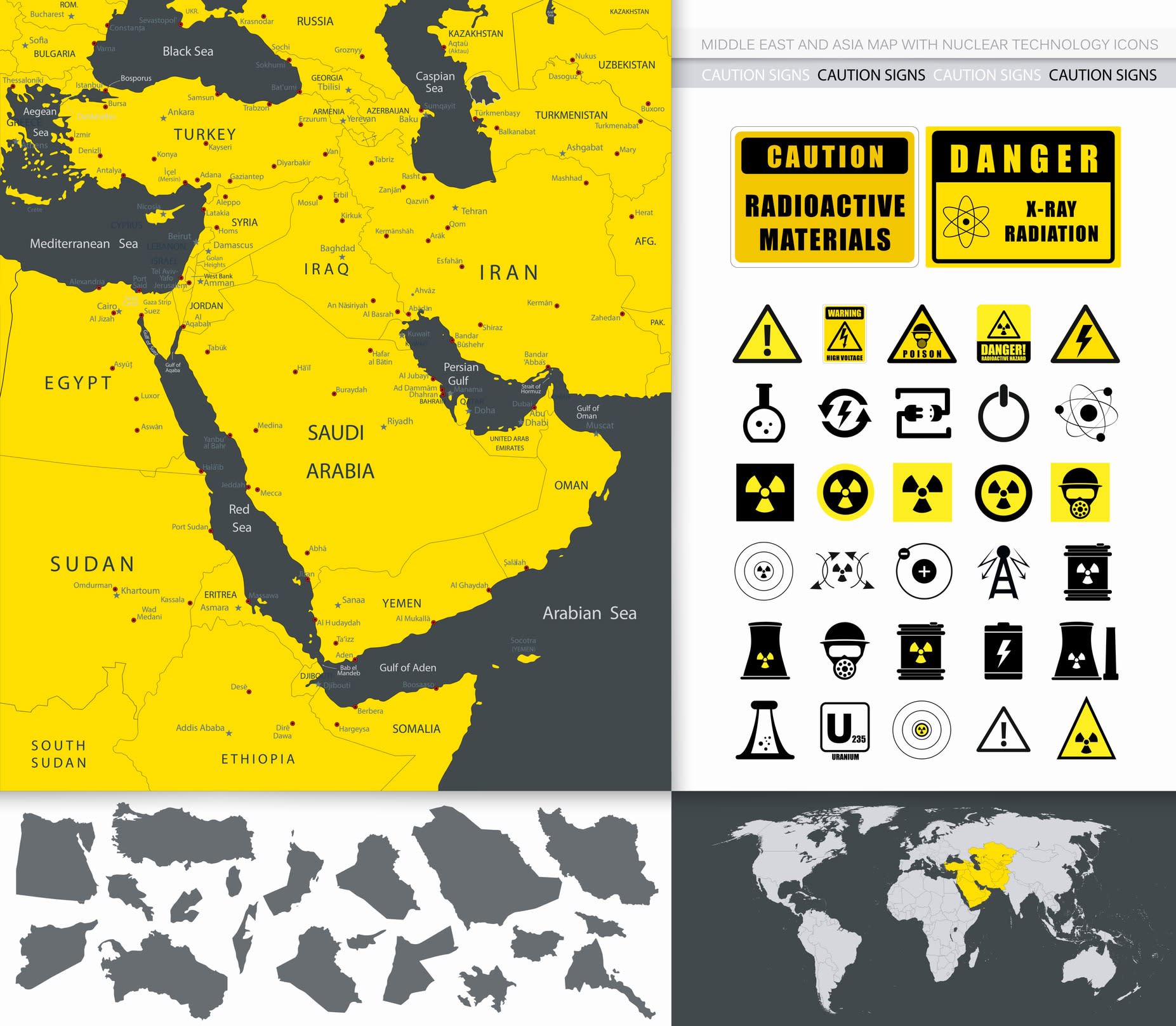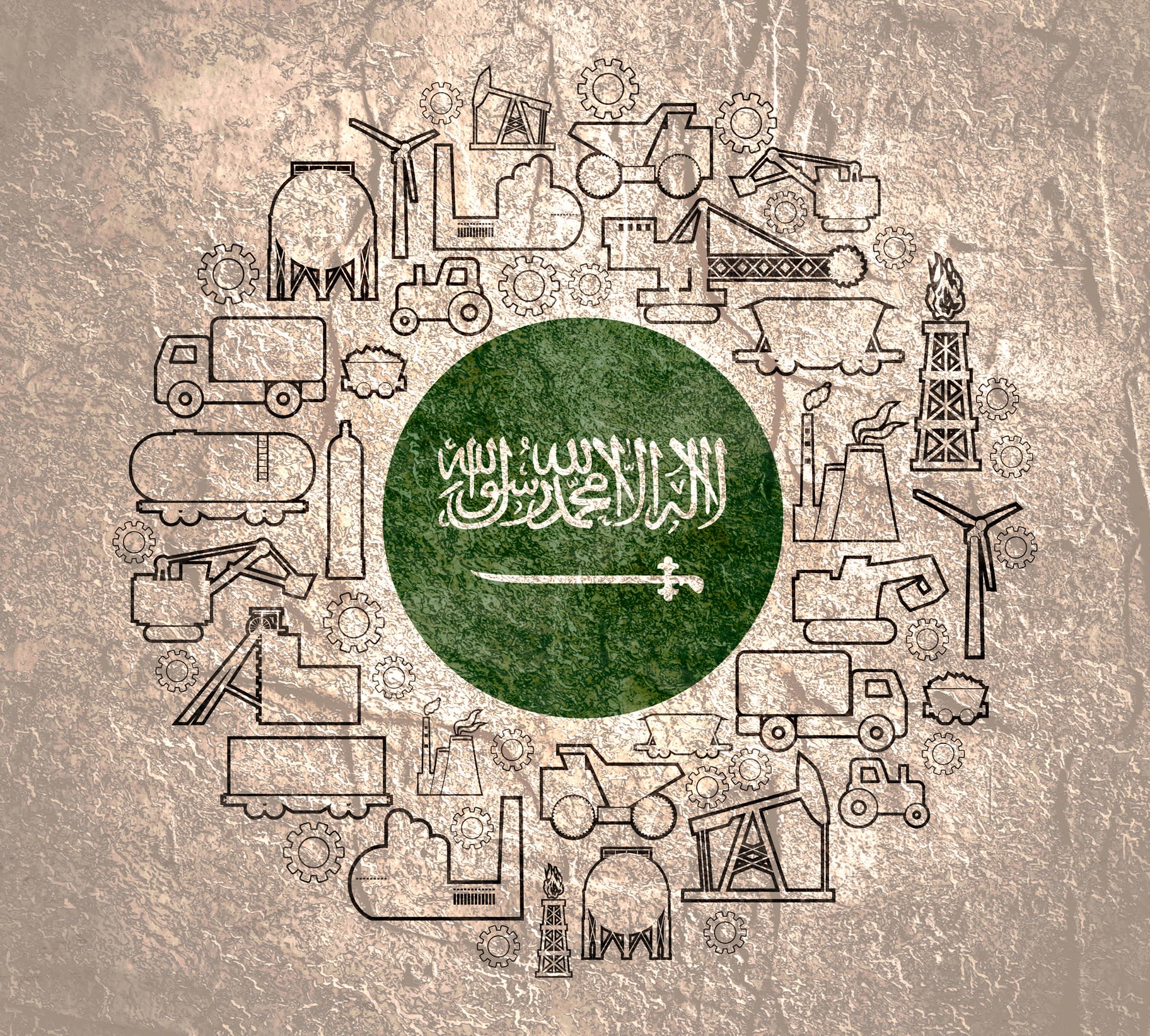US Secretary of State Antony Blinken visited Riyadh at the beginning of June to bargain with the Saudis over a package of concessions to be granted to the kingdom in exchange for normalisation of relations with Israel.
Ran Porat
Affiliate Research Associate, Australian Centre for Jewish Civilisation, Monash University
Under the leadership of Crown Prince Mohammed bin Salman (MBS), the Saudis reportedly asked the US to jointly create a “nuclear Aramco”, modelled after the kingdom’s oil and gas giant that has played such a large role in building the country’s substantial wealth.
The people who’ve discussed the nuclear Aramco idea with the Saudis recently tell Semafor that the issue is further complicated by Riyadh’s belief that it can simply turn toward China or Russia if the U.S. balks.https://t.co/zUDrJTz0yg
– Semafor (@semafor) June 2, 2023
The idea is to rebrand Saudi Arabia as a civilian nuclear energy powerhouse, and worldwide exporter of nuclear products and technology, given the expected reduction in the usage of fossil fuel in coming decades as part of efforts to control climate change.
The goal – nuclear counter-deterrence
Yet there’s another aspect to the Saudi request. As part of this proposed nuclear project, the Saudis invited the Americans to jointly manufacture and monitor uranium enrichment capabilities – a must for the production of nuclear fuel used in power generating reactors.
Yet, the capacity to enrich uranium is also a crucial part of any nuclear weapons project. From that perspective, it seems that the Sunni kingdom likely aspires to create deterrence against its archrival, Shi’ite Iran, which is fast-approaching the status of a nuclear threshold country.
Only a few days ago, Iran’s Supreme Leader warned that the West could not stop Iran if it chooses to possess a nuclear weapon.

The Saudis have been highly aware of Iran’s nuclear intentions for many years now. As early as 2018, MBS stated that “if Iran developed a nuclear bomb, we will follow suit as soon as possible”.
The Saudi leader has watched with concern how Washington and the European nations have, for two decades, allowed Tehran to slowly but surely creep towards indigenous military nuclear weapons capabilities. Now Saudi Arabia is seeking the same enrichment path used by Iran to reach this status.
MBS also reads the recent reports about a renewed US-EU effort to forge another nuclear agreement with Iran as indicating the West’s weakness vis-à-vis Tehran.
If signed, such a deal would have little to no effect overall on Iran’s nuclear capabilities, and would most likely leave Tehran just a decision away from creating an explosive nuclear device at a time of its choosing.
Redrawing the geopolitical map of the Middle East
MBS received the threatening memo from Tehran in 2019, when Iranian drones hit Saudi production plants with frightening accuracy, and when Iran armed the Houthi rebels fighting the Saudis in Yemen with similar weapons.
He saw no tangible response from the West to that attack, and near inaction over Iran’s ongoing support for Russia’s assault on Ukraine, including the supply of deadly drones and other arms.
The Saudis have noted how the Americans are shifting their attention these days away from the Middle East, turning to focus instead on the perils of the Russian belligerence in Europe, and China’s aggressive ambitions in Asia.
To adjust to this changing reality, Riyadh took it upon itself to recalibrate the regional geopolitical landscape.
A “nuclear Aramco” is just one aspect of the new Saudi strategy. The most significant pillar in that context was an attempt to neutralise, or at least decrease, the danger from Iran. Specifically, the kingdom wants to protect its ambitious Vision 2030 plan to diversify Saudi sources of income away from its almost complete economic reliance on oil and gas.

The March 2023 resumption of diplomatic relations between Riyadh and Tehran (a deal allegedly ‘brokered’ by China – itself a warning message to the US), was a game-changer, which led to domino effects across the Middle East.
More countries are now rushing to renew or improve their relations with Tehran, including various Gulf states (such as UAE and Oman), Jordan, and possibly even Egypt.
The readmission of Syria, Iran’s ally, to the Arab league in May this year, was fostered to a great extent by the Saudis, and is another element in Riyadh’s initiative to extend more control over former enemies by keeping them close.
A dangerous Asian nuclear weapons zone
As of 2023, Saudi Arabia’s reliance on fossil fuel for energy is near absolute. As a result, Riyadh has made public its plans and initial steps towards building nuclear infrastructure to generate electricity for the growing needs of the kingdom’s population.
So far, it has openly cooperated with the UN nuclear watchdog (IAEA) in the process. MBS wants to utilise and profit from the vast uranium deposits found in the Saudi desert.
Historically, for nuclear protection and deterrence the Saudis relied on others. From Washington, Riyadh expected and relied on a “nuclear umbrella”, a guarantee to protect Saudi Arabia from major threats, thus extending US nuclear deterrence to its long-time Middle Eastern ally.
At the same time, the Saudis have pumped a lot of money into the Pakistani nuclear weapons project, with the clear understanding in Islamabad that it would be required to hand over to Riyadh Pakistan-made bombs if asked by the Saudis.
The “nuclear Aramco” idea suggests a seismic shift in the Saudi nuclear policy, pushing towards the development of in-house independent atomic deterrence.
Saudi civil, and possibly also military, nuclear capabilities are still years away. Yet, the dangerous scenario of a nuclear-weapon zone stretching across Asia from North Korea, through China, via Pakistan and India, then Iran and finally Saudi Arabia (and on to Israel), suddenly looks closer than ever.
Meanwhile, other countries in the Middle East have been taking initial steps towards their own nuclear capabilities. And with Russia north of that zone, this would mean a solid continuum across Asia of largely non-democratic (or semi-democratic) governments with weapons of mass destruction, mutual rivalries, and a potential to disrupt regional stability.
Moreover, the existing rules-based world order, grounded on the division between nuclear and non-nuclear states, grounded on the Nuclear Non-Proliferation Treaty, would also be severely challenged.
This global regime, which Australia holds dear and has made a centrepiece of our security, would be at risk of collapsing, endangering Australia as well.
This scenario could be avoided if the Saudis could be made to feel safer against the Iranian threat, and could trust the international community to defuse Tehran’s nuclear ambitions.
One path to achieving this is by increasing the pressures on Tehran in a true attempt to stop, and hopefully even reverse, Iran’s frantic and dangerous drive to acquire nuclear weapons capabilities.
Stronger sanctions, tighter control on nuclear-related materials and equipment, and punitive measures against the regime’s leadership, along with a credible military option to destroy the infrastructure of the Iranian nuclear project, are some of the tools that should be deployed by the international community.
Australia has a vested interest in supporting such measures – rather that the “less for less” agreement with Iran currently being contemplated in Washington and Europe, which would leave Tehran just a political decision away from the bomb.






